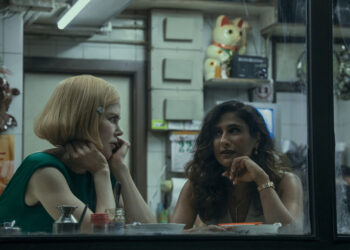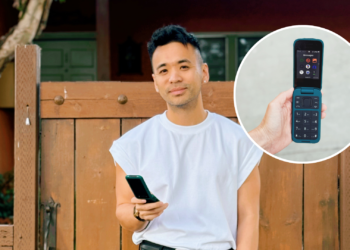This article is part of Mochi Magazine’s summer issue on Art — click here to read the rest of the issue.
Last summer, the AI art-generating website DALL-E was all the rage. I’ll admit that my friends and I were sucked in too. It was easy to put silly prompts into the website, like “Picasso Hello Kitty” or “Naruto eating McDonald’s,” and laugh at the results.
But if you look closer, there’s something off about DALL-E’s art. Faces look more like spirals or blobs of skin tones than actual humans. Hands somehow sprout six fingers. Backgrounds of elaborate architecture, lighting, or nature are jam-packed with one-point and three-point perspectives going haywire, if you just zoom in a little.
“Being an artist, you’ll never make money,” and “It’s too much of a risk,” were things I heard a lot in response to my aspirations. “You’ll never grow big; you should never take the risk.” But I can’t imagine myself doing anything but art. The first time I tried braving the steep, vertical learning curve of digital art, I forgot to even look up tutorials. I was so eager to make all the things I’d ever dreamed of, with just a laptop and tablet.
For those who feel new to art or are unable to create art on their own, these AI generators can seem like accessible ways to enter the art world without much training or practice. However, as an artist, the popularity of these models is more disheartening than the finger-wagging or head-shaking warnings, especially since many people do not consider the models’ ethics and where they came from. The “art” generated by these machines was built from the data and work of thousands of artists. Automating the most intrinsically human thing we can do — create — has more consequences than possibilities.
Where AI Started
You’ve probably encountered AI art in one form or another by now. It’s in our TikTok filters, in our workplaces, in the media we consume. These art generators exploded in…
Read the full article here





